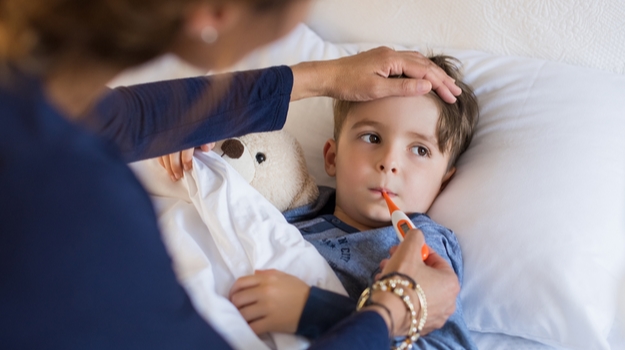Pediatrics: Study Provides Insights As To How Pediatric Patients Are Affected By COVID-19
Source: Pediatrics and COVID-19 Jun 17, 2020 5 years, 5 months, 4 weeks, 1 day, 8 hours, 57 minutes ago
Pediatrics: According to a new study by Chinese researchers, important insights into the clinical and epidemiological characteristics of pediatric patients infected with the SARS-CoV-2 coronavirus that causes the deadly COVID-19 disease could facilitate early identification and intervention in suspected patients.

The research was led by Dr Xihui Zhou of the First Affiliated Hospital of Xi'an Jiaotong University, China and his colleagues.
The research findings are published in the journal
PLOS Medicine.
https://journals.plos.org/plosmedicine/article?id=10.1371/journal.pmed.1003130
The severe acute respiratory syndrome coronavirus 2 (SARS-CoV-2) infection has spread rapidly worldwide. Early identification and intervention are necessary for effective control of the epidemic in both adults and children.
However relatively little is known about the clinical and epidemiological characteristics of pediatric patients. Dr Zhou and colleagues addressed this gap in knowledge to provide insight into the early diagnosis and assessment of COVID-19 in children. The researchers collected and analyzed the clinical data of 34 pediatric COVID-19 patients in four hospitals in China from January 27 to February 23.
Most pediatric patients presented with mild (18%) or moderate (82%) forms of COVID-19, and the most common initial symptoms were fever (76%) and cough (62%), which recovered within three or four days after treatment.
Interestingly In contrast to observations in adult patients, pediatric cases showed a higher proportion of fever, vomiting (12%), and diarrhea (12%) on admission. Chest computed tomographic (CT) scans revealed high-density patchy shadows with a late-onset pattern in lung-lobule lesions in 28 patients (82%).
However by contrast, only 3% of pediatric patients showed features called ground-glass opacities ie hazy opacities that do not obscure the underlying bronchial structures or pulmonary vessels which are typically seen in adults with COVID-19.
Also the clinical presentations were not as severe as the signs observed in the CT images, and the recovery of lesions in lobules lagged behind that of the main symptoms.
The researchers say that the findings offer valuable insight into the early diagnosis and epidemic control of COVID-19 in children.
For the latest
Pediatrics research and articles, keep on logging to Thailand Medical News.
